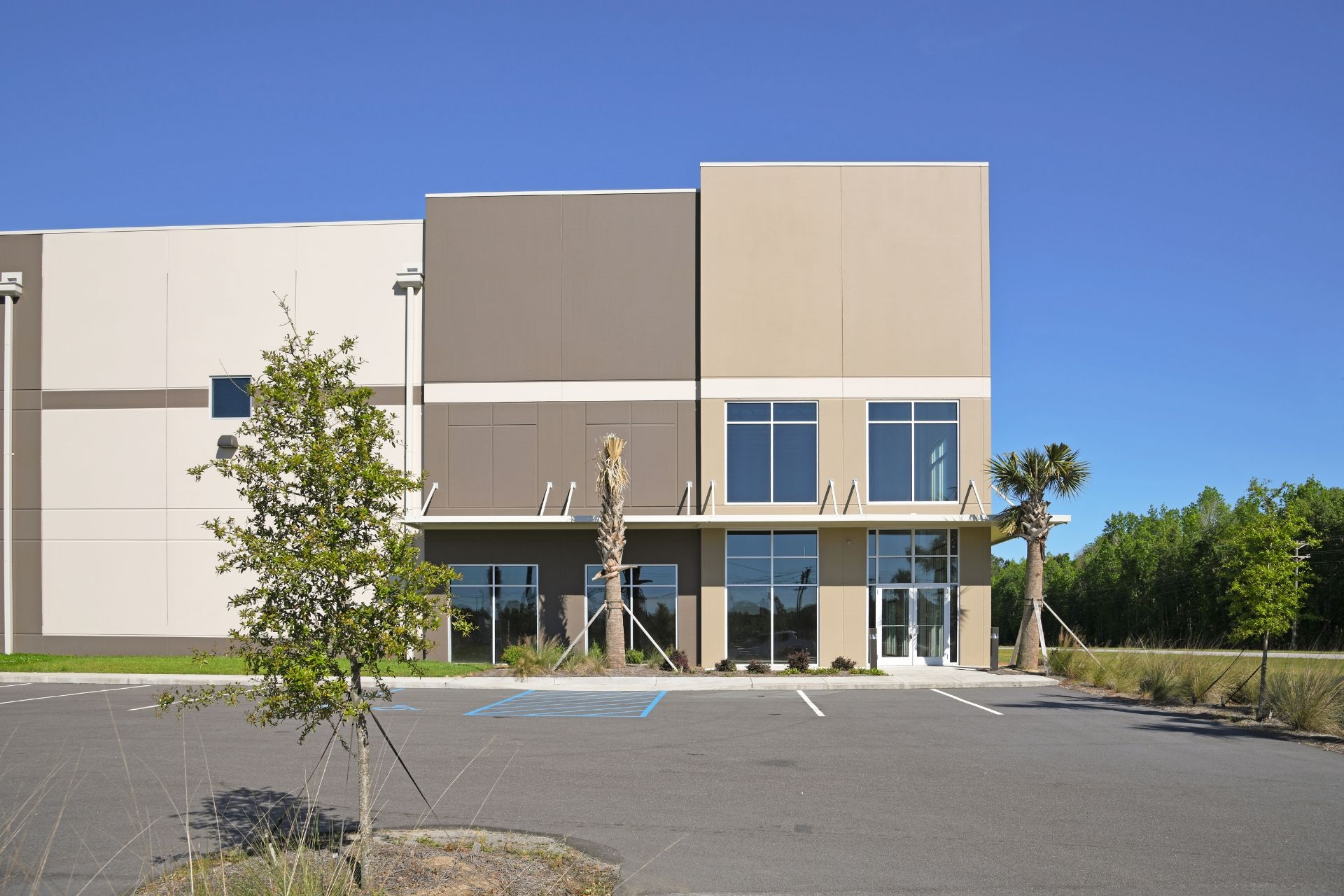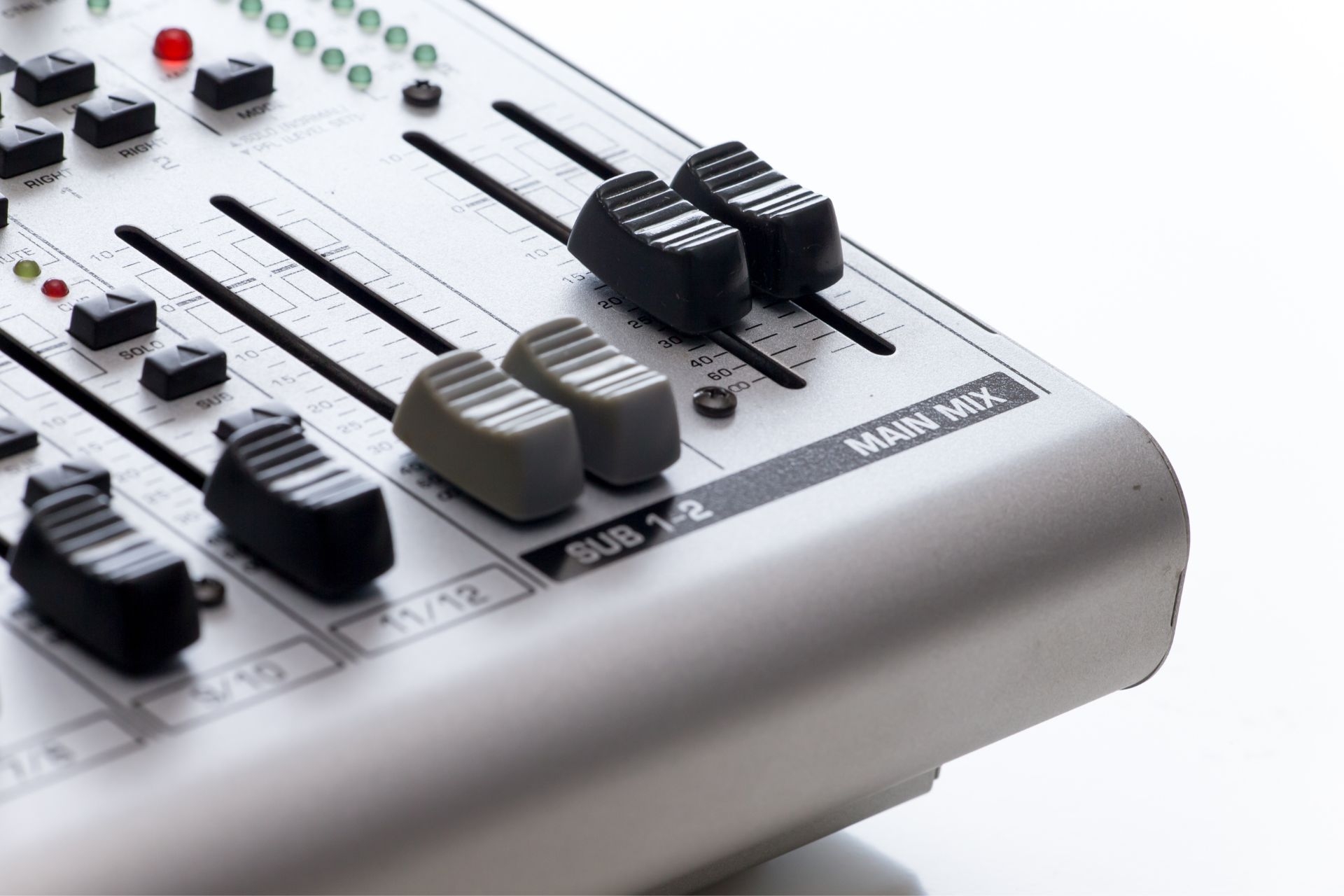

Scale-up and scale-out storage architectures are two different approaches to expanding storage capacity in a system. Scale-up refers to adding more resources, such as storage drives or memory, to a single device or server. This approach allows for vertical growth, where the capacity of a single device is increased. On the other hand, scale-out involves adding more devices or servers to a system, allowing for horizontal growth. This approach distributes the workload across multiple devices, increasing the overall capacity and performance of the system. The main difference between the two is that scale-up focuses on expanding the resources of a single device, while scale-out focuses on adding more devices to handle the workload.
Data deduplication is a technique used in scalable storage architectures to reduce the amount of storage space required for data. It works by identifying and eliminating duplicate data blocks, storing only one copy of each unique block. This is achieved by comparing incoming data blocks with existing blocks and replacing duplicates with references to the existing blocks. By eliminating redundant data, data deduplication helps optimize storage capacity and reduce costs. It also improves data transfer efficiency and backup speeds. This technique is particularly useful in scalable storage architectures where large amounts of data are stored and accessed.
Public cloud providers are often loathed for charging data transfer or “egress fees” for removing data from a specific cloud provider. If you move data out of a cloud provider, there’s a cost; for instance, you move inventory data from an inventory system residing in a public cloud provider to a supply chain system on premises or perhaps even on another public cloud provider.This is the number one complaint about cloud providers that I hear. The fee is thought of as arbitrary and counterproductive to using the cloud with systems that exist outside of a specific provider. In some cases, it’s a reason applications are not in a cloud today.The writing on the wall This customer discontent is not lost on cloud providers, who are initiating a significant shift in their pricing strategies by reducing these charges. Google Cloud announced it would eliminate egress fees, a strategic move to attract customers from its larger competitors, AWS and Microsoft. This was not merely a pricing play but also a response to regulatory pressures, greater competition, and the significantly lower cost of hardware in the past several years. The cloud computing landscape has changed, and providers are continually looking for ways to differentiate themselves and attract more users.To read this article in full, please click here
Posted by on 2024-03-15
Falco, the open-source, cloud-native, runtime security tool, recently graduated from the Cloud Native Computing Foundation’s incubation program. That means it’s considered stable and ready for use in production environments, including Azure. It joins many of the key components of a cloud-native platform including Helm, Envoy, etcd, KEDA, and Cloud Events.I recently had a conversation with Loris Degioanni, the CTO and founder of cloud-native security company Sysdig and the creator of Falco, about the philosophy behind the project and how it’s being used across Kubernetes applications.To read this article in full, please click here
Posted by on 2024-03-15
Low-code development platform provider OutSystems has released AI Agent Builder, a no-code tool for building custom generative AI agents using large language models (LLMs) from Azure OpenAI or Amazon Bedrock.To read this article in full, please click here
Posted by on 2024-03-13
PostgreSQL pioneer Mike Stonebraker and Spark creator Matei Zaharia, along with other computer scientists at MIT and Stanford have come up with a new database-oriented operating system (DBOS) to help development of greenfield web applications.They have set up a company, DBOS Inc., to make the OS available to developers.Its first product, DBOS Cloud, launched Tuesday, is a transactional serverless application platform, also sometimes defined as functions-as-a-service (FaaS). It is offered via Amazon Web Services (AWS) using the open-source virtual machine monitoring service Firecracker and is powered by the DBOS operating system.To read this article in full, please click here
Posted by on 2024-03-12
Using a distributed file system in a scalable storage architecture offers several advantages. Firstly, it allows for increased scalability and performance by distributing data across multiple servers or nodes. This enables parallel processing and load balancing, ensuring efficient utilization of resources. Secondly, it provides fault tolerance and high availability. If one server or node fails, the data can still be accessed from other servers, minimizing downtime and data loss. However, there are also disadvantages to consider. Distributed file systems can be complex to manage and configure. They may require specialized knowledge and expertise. Additionally, the performance of a distributed file system can be affected by network latency and bandwidth limitations.

Erasure coding is a technique used in scalable storage architectures to provide data protection and redundancy. It works by dividing data into smaller fragments and adding additional parity fragments. These parity fragments contain redundant information that can be used to reconstruct the original data in case of data loss or corruption. Erasure coding distributes these fragments across multiple storage devices or servers, ensuring that even if some devices fail, the data can still be reconstructed. This technique offers higher data protection compared to traditional replication methods, as it requires less storage overhead. However, erasure coding can introduce additional computational overhead and may require more processing power.
When designing a scalable storage architecture for cloud-based applications, there are several key considerations to keep in mind. Firstly, scalability is crucial. The architecture should be able to handle increasing amounts of data and user demands without sacrificing performance. This can be achieved through the use of distributed file systems, load balancing, and horizontal scaling. Secondly, data security and privacy are important. The architecture should include robust encryption mechanisms, access controls, and data backup strategies to protect sensitive information. Thirdly, data locality and latency should be optimized. This can be achieved through the use of caching mechanisms, content delivery networks, and data replication across multiple geographic locations. Finally, cost efficiency should be considered. The architecture should be designed to minimize storage costs while still meeting performance and availability requirements.

Tiered storage is a technique used in scalable storage architectures to optimize performance and cost. It involves categorizing data into different tiers based on its access frequency and importance. Frequently accessed and critical data is stored on high-performance storage devices, such as solid-state drives (SSDs), while less frequently accessed data is stored on lower-cost storage devices, such as hard disk drives (HDDs). This allows for faster access to frequently accessed data and reduces the overall cost of storage. Tiered storage can be implemented using automated data management policies that move data between tiers based on predefined criteria, such as access patterns or age of data.
Managing and maintaining a scalable storage architecture can pose several challenges. Firstly, ensuring data integrity and consistency across multiple devices or servers can be complex. Synchronization and replication mechanisms need to be in place to prevent data inconsistencies and conflicts. Secondly, monitoring and managing the performance of a distributed storage system can be challenging. It requires monitoring the health and performance of individual devices, as well as the overall system. Additionally, managing data backups and disaster recovery processes can be complex in a distributed environment. Backup strategies need to be designed to ensure data availability and minimize downtime. Finally, scalability itself can be a challenge. As the storage system grows, it may require additional resources, such as storage drives, memory, or network bandwidth, to maintain performance and availability. Proper capacity planning and resource allocation are essential to ensure the scalability of the architecture.
